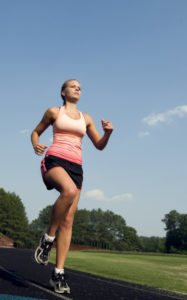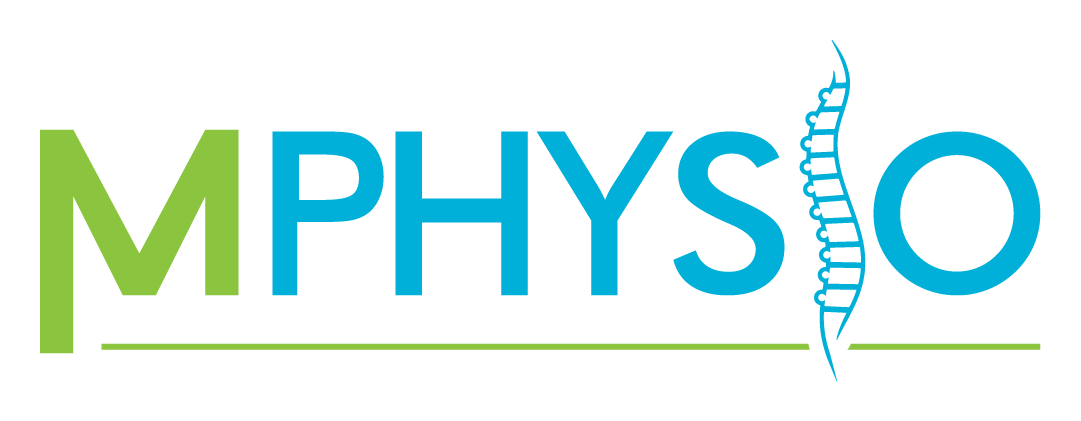Blog
Learn How To Run: What is Good Running Form?

Everyone can run, but learning a few key techniques in relation to running can not only improve your training but also prevent injury or soreness from running. Technique paired with correct footwear may help you to see drastic changes in training.
What is “good” technique?
Correcting running technique involves adapting posture of the whole body. This includes overall body position and rhythm, what you are doing with your hips, knees and feet as well as arm swing.
The body should be upright but relaxed, with a slight lean forwards to help with momentum. It is important to try and keep the head, neck and shoulders relaxed otherwise muscles here will become stiff and uncomfortable. Tensing the shoulders and neck during a long run may lead to muscle ache, and discomfort may last several days after exercising. The entire running rhythm will seem more natural and will come easier when relaxed.
Your foot should strike the ground between the middle of the foot and the ball of the foot. Heel striking tends to be a leading cause of injury in running. At this point in the step, the knee should be bent slightly and positioned in front of your body. A slightly longer stride will also help with maintaining a natural rhythm. It is important to match strides with arm swing, so that opposite leg is moving with opposite arm to maximise momentum.
To find out more about better running form, watch the video below:
Implementing these changes may seem difficult at first, but after a few training sessions of really thinking about what you are doing with your arms and legs, and your overall body position, the improved form will seem normal. This is when you should see results in your training and races!
What other factors influence form?
Consider some of the factors below to see if you can make any changes to help your form:
- Shoes – footwear that is suited to your foot shape and the type of training will help improve your form.
- Surface – firm or soft? Cross country or road? Varying surfaces will impact how your form should be.
- Compression – do you find you run differently to relieve muscle aches, pains and cramps? Using compression for your legs or upper body can help to reduce these symptoms, and optimise your positioning.
- Stretching – similar to the above point, tight muscles can affect your posture and positioning, so stretching or triggering your muscles on a regular basis can help to improve form.
Contact us on 1800 992 999 or by email to [email protected] to book an appointment with one of our experienced physiotherapists to sort out any of your running aches and pains!
References
Laan, B. 2013. The Five Most Common Running Mistakes. Retrieved from https://running.pocketoutdoormedia.com/the-five-most-common-running-form-mistakes_48731.
Science of Running, 2010. How to Run: Running with Proper Biomechanics. Retrieved from https://www.scienceofrunning.com/2010/08/how-to-run-running-with-proper.html?v=6cc98ba2045f
